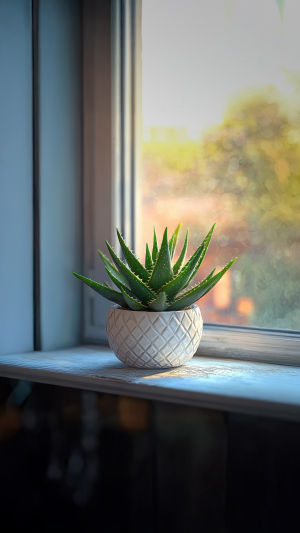We all want fresh, clean air inside our homes. With more time spent indoors, especially nowadays, many of us wonder if plants can help improve the air we breathe.
Bringing green plants inside feels natural and cozy, but do they actually purify the air? Let’s explore how plants and air purification work together and what to expect from these leafy helpers.
<h3>What Pollutes Our Indoor Air?</h3>
Indoor air is affected by many things: chemicals from furniture, cleaning sprays, paints, and even scented products. These often release gases that we can’t see or smell but may harm our health over time. Knowing what these pollutants are helps us understand what kind of help we might get from plants.
<h3>Plants That Help Clean the Air</h3>
Some plants are famous for their air-cleaning abilities. Aloe vera, for example, absorbs harmful chemicals like formaldehyde. Spider plants and snake plants also work well to filter some toxins. Other popular indoor plants like ivy and dracaena have shown to help reduce pollutants. These plants don’t just look nice—they can make a real difference when used correctly.
<h3>Beyond Cleaning: Plants That Fight Bacteria</h3>
Certain flowers like jasmine, violet, and rose bring more than just beauty. They help stop bacteria from growing, adding an extra layer of freshness to our rooms. While they don’t replace cleaning, they provide a natural boost to keeping the air healthier.
<h3>Don’t Rely on Plants Alone</h3>
It’s important to remember that plants aren’t miracle workers. Their ability to clean air depends on how many you have, what types, and how big the room is. Just like air purifiers need filter changes, plants reach a point where they can’t absorb any more pollutants. If the pollution is high and plant numbers low, the effect will be small.
<h3>How to Care for Indoor Air-Purifying Plants</h3>
Choosing the right plants is key. Look for ones that fit your lighting and humidity conditions. Aloe and dracaena are good low-maintenance options. Keep in mind that plants “breathe” too. At night, some may use oxygen and release carbon dioxide, so don’t overcrowd your space with too many plants.
Succulents like cacti are smart picks. They absorb carbon dioxide at night and release oxygen, helping balance indoor air quality while saving water.
<h3>Science’s Take: Plants Help But Don’t Replace Ventilation</h3>
While plants provide some air purification, nothing beats opening windows for fresh air. Regular ventilation clears out pollutants more effectively than plants alone. Think of plants as a helpful bonus to a well-ventilated home, not a substitute.
<h3>Combine Nature and Smart Living</h3>
Green plants can improve indoor air to some extent and bring life to our spaces. But the real key is combining their benefits with good habits like proper ventilation and avoiding pollution sources. Together, we create healthier, more comfortable homes.
What are your favorite air-purifying plants? Have you noticed any changes in your home? Share with us, and let’s enjoy the fresh air journey together!
Top 5 Air-Purifying Plants for a Healthier Home – Easy Indoor Gardening!
Video by React with Me





